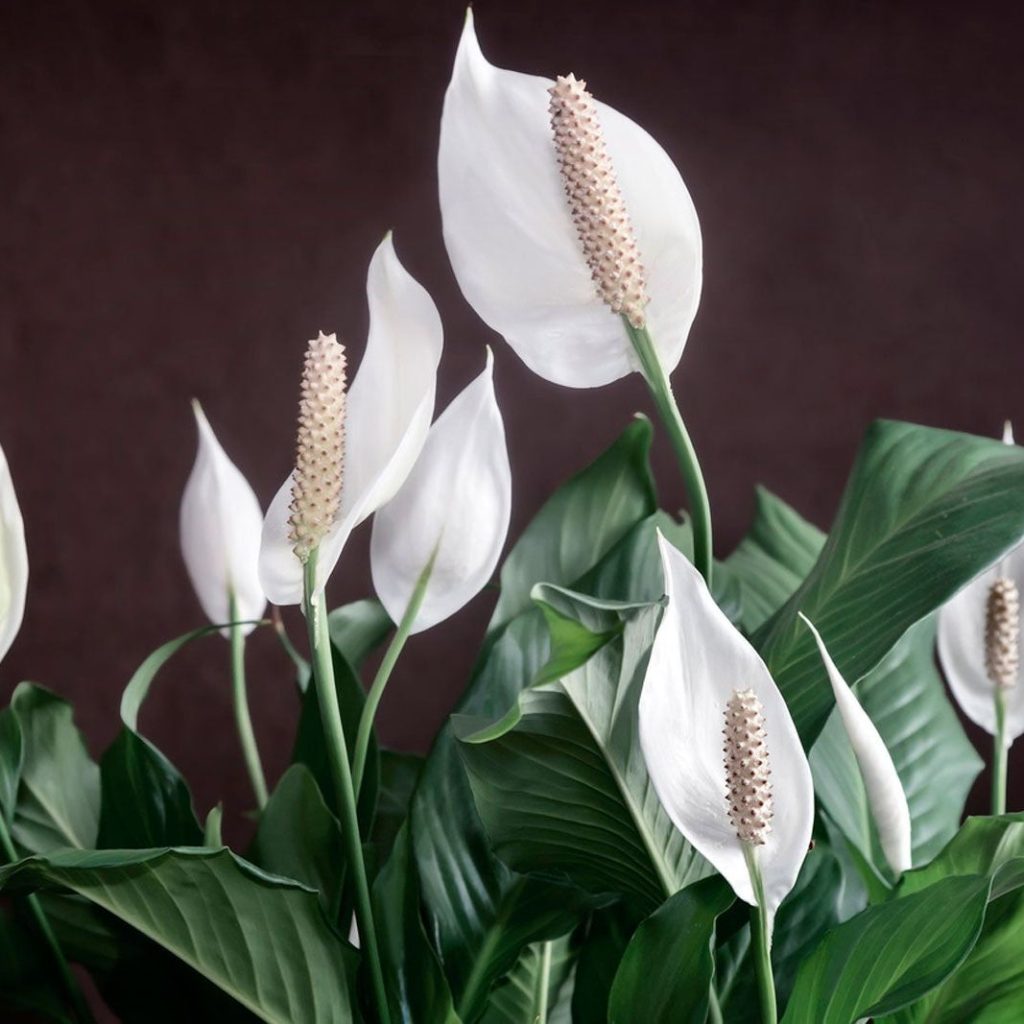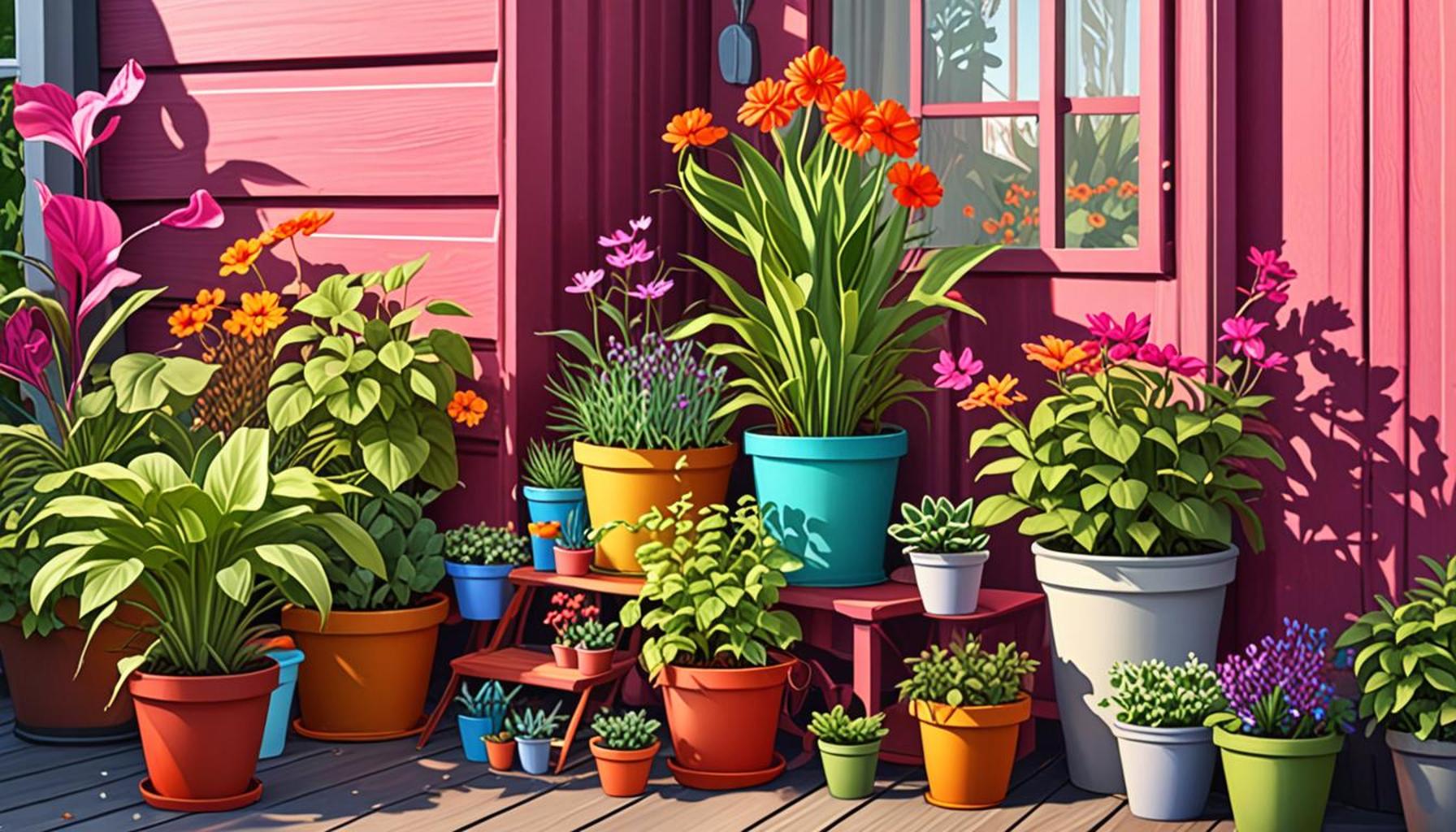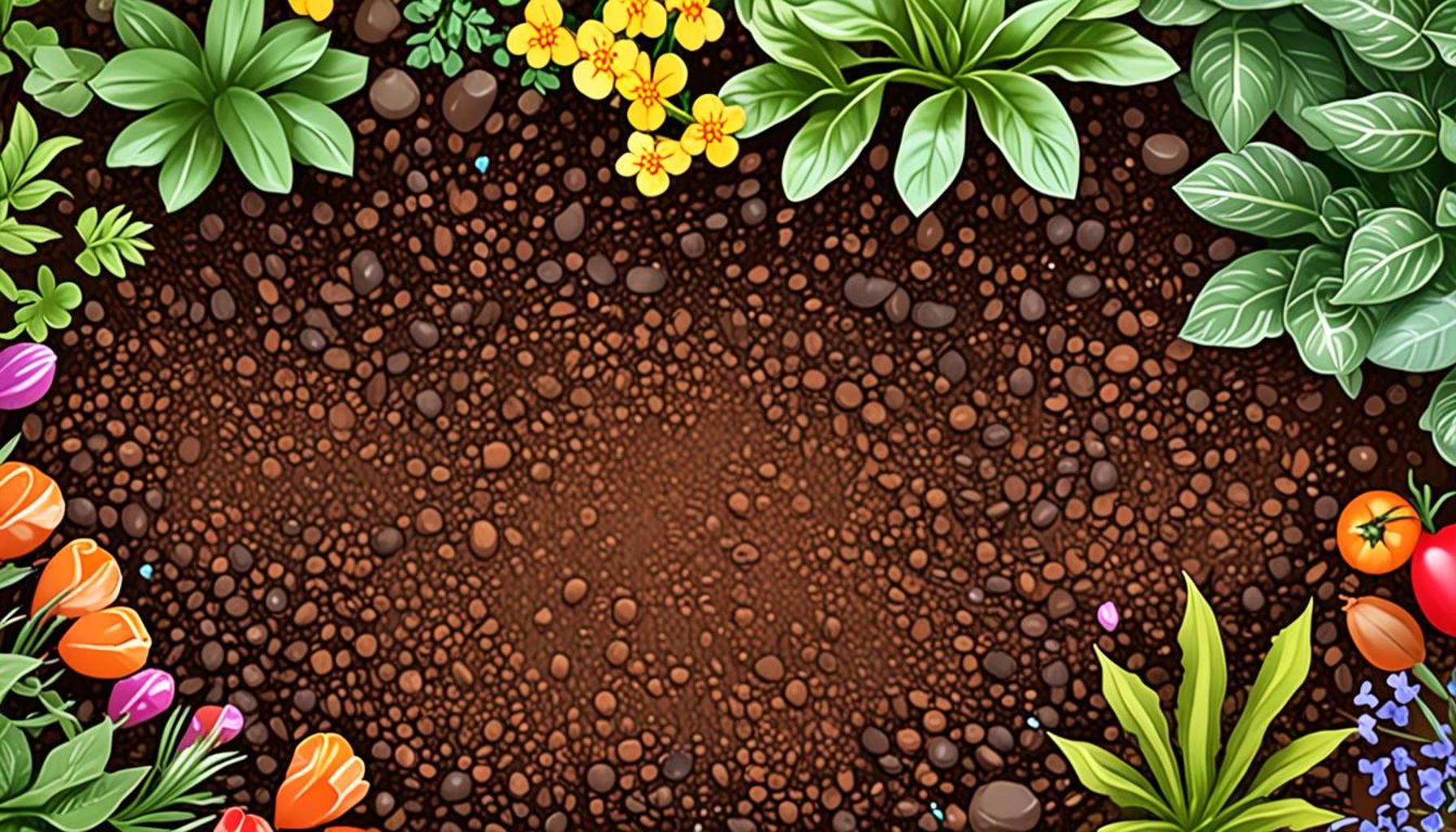Tips for Choosing Flowering Plants That Bloom Year-Round at Home

The Allure of Year-Round Blooms
Imagine stepping into your home and being greeted by an explosion of color and fragrance. Flowering plants that bloom year-round not only beautify your living space but also invigorate your senses, creating a cheerful and inviting atmosphere for you and your guests. The appeal of vibrant flowers is not merely aesthetic; they can significantly influence your mood and well-being. Whether you are an experienced gardener or someone just beginning to explore the joys of plant care, choosing the right flowering plants is a crucial step in this exciting journey.
When selecting year-round blooming plants, a variety of crucial factors must be taken into account to ensure success and longevity. Here are some key aspects to consider:
- Climate compatibility: It’s essential to choose plants that can thrive in your local climate conditions. For instance, if you live in a warmer region like Southern California, you might opt for sun-loving varieties like Bougainvillea or Plumeria, while cooler areas like the Northeastern U.S. might benefit from hardier options like pansies or winter-blooming hellebores.
- Indoor vs. outdoor: Determine where your plants will be placed. Indoor plants such as African violets or peace lilies can flourish with the right care, while outdoor selections like gardenias or petunias can become stunning focal points in your garden.
- Light requirements: Understanding your home’s light conditions is vital. Certain plants require full sun, while others thrive in partial shade. For example, succulents and cacti are ideal for sun-drenched windowsills, whereas ferns and snake plants prefer lower light conditions.
Exploring popular options for year-round flowering can also enhance your home’s aesthetic. Consider:
- Hibiscus: With their large, colorful blooms, hibiscus plants bring a tropical feel to any environment. These plants can be grown indoors in pots or outdoors in warmer climates, ensuring a lengthy display of bright colors.
- Geraniums: Known for their hardiness and versatility, geraniums can be cultivated in various settings, from balcony pots to expansive garden beds. They provide seasonal blooms that can carry through different times of the year.
- Orchids: These exotic flowers are synonymous with elegance and style. Many varieties can bloom multiple times a year with the right care, making them a popular choice for adding a touch of sophistication indoors.
By carefully understanding these criteria, you can select the most suitable plants that will continuously bring joy and beauty to your living environment. Each flower not only adds visual appeal but also contributes to a vibrant atmosphere that radiates warmth and positivity. Journey into the enchanting world of year-round flowering plants and discover how they can breathe new life into your home, transforming it into a personal sanctuary of flourishing flora and inviting aromas.
DISCOVER MORE: Click here for expert tips on creating a pest-resistant garden

Criteria for Selecting Year-Round Blooming Plants
Picking the perfect flowering plants that will grace your home with color and fragrance throughout the year involves careful consideration of numerous factors. This not only ensures that your plants thrive but also creates an ambiance that speaks to your personal style.
Variety of Plant Types: When choosing flowering plants, it is important to recognize that there are both annuals and perennials. Annuals like marigolds and petunias typically bloom for a full season but need to be re-planted each year. In contrast, perennial plants such as peonies or daylilies can return year after year, allowing you to create a lasting display. Understanding the differences will guide your selection process for sustainable year-round beauty.
Maintenance Requirements: Each flowering plant comes with its own maintenance needs, from watering schedules to pruning requirements. Some plants, like geraniums, are relatively low-maintenance and thrive with minimal care. Others, such as orchids, demand more specialized attention, including specific humidity and lighting conditions. Assessing your willingness and ability to provide care is essential to ensuring that your chosen plants will flourish.
Additionally, consider integrating plants with staggered bloom times for continuous color. Here are some stellar options:
- Pansies: These cheerful bloomers can provide vibrant colors from early spring through the fall months, making them an excellent addition to flower beds or pots.
- Begonias: With varieties that bloom from spring to frost, begonias add delightful hues and adaptability to various environments.
- Chrysanthemums: Often called “mums,” these hardy perennials bloom in late summer through fall, offering another seasonal punch of color.
Soil Quality: The quality of the soil plays a crucial role in plant health. Proper drainage is a must, as soggy roots can lead to rot and malaise. Consider enriching your potting mix or garden soil with compost to provide necessary nutrients. Testing soil pH can also be beneficial; most flowering plants thrive in slightly acidic to neutral soils, contributing to their lush growth and vibrant blooms.
Seasonal Adaptations: As the seasons shift, so do the conditions in which your plants will grow. Some plants may require additional protection during harsh winters, while others might flourish in warmer months. Researching how different plants perform seasonally can help you create a dynamic and resilient indoor or outdoor environment.
By examining these criteria carefully, you will be well-equipped to choose the best year-round blooming plants that resonate with your lifestyle and aesthetic preferences. Cultivating a thriving garden at home is an evolving journey, one that can transform a simple space into a vibrant sanctuary filled with life and beauty.
Essential Factors to Consider When Selecting Year-Round Flowering Plants
When it comes to choosing flowering plants that bloom throughout the year, there are several crucial factors to consider that can greatly enhance both the aesthetics of your home and your gardening experience.
Light Requirements
Different flowering plants have unique light needs. Understanding whether your home has bright, indirect, or low light will help you choose plants naturally suited to your space. For instance, some vibrant varieties like African Violets thrive in lower light, while others, such as Geraniums, require more sunlight to produce their stunning blooms.
Climate Conditions
Your local climate plays a significant role in flowering plant selection. Consider if you are in a warmer zone suitable for tropical plants or if you reside in a cooler area where hardy annuals can thrive. Using native plants often promises better growth and sustainability year-round, as they are adapted to local environmental conditions.
Watering Needs
Year-round blooming often comes with specific watering needs. Regularly evaluating individual plant species can steer you toward those requiring less frequent watering, reducing maintenance time and conserving water. It’s vital to choose plants that match your ability to care for them, ensuring they flourish even with a busy schedule.
Soil Preferences
The type of soil you use can significantly impact plant health. Consider investing in a good-quality potting mix formulated for flowering plants. These mixes often contain essential nutrients and drainage properties that promote a thriving blooming environment.
Overall Visual Appeal
Finally, consider the visual harmony of your plant selection. Choosing flowering plants that complement each other in shape, color, and size can create a stunning display around your home. Mixing >different bloom times and flower colors ensures that your indoor garden remains vibrant and visually appealing throughout the year.Now, let’s look at a concise table summarizing the advantages of selecting year-round flowering plants.
| Category | Benefits |
|---|---|
| Color Variety | Brings visual interest and enhances home decor. |
| Ongoing Growth | Ensures a continuous supply of fresh blooms throughout the year. |
These factors, combined with a keen eye for beauty, can lead you to successfully select flowering plants that will keep your home blooming beautifully all year long.
DIVE DEEPER: Click here for effective DIY pest deterrents
Creating a Balanced Environment for Your Blooming Plants
To achieve a garden that continuously flourishes throughout the year, it’s essential to create a balanced environment conducive to plant health and development. This entails more than just choosing the right plants; it involves understanding their specific needs and how to harmonize those needs with your living space.
Lighting Conditions: One of the most critical factors in the success of any flowering plant is ensuring adequate light. Different plants have varying light requirements; some thrive in bright, direct sunlight, while others prefer partial shade or indirect light. For instance, sunflowers and hollyhocks are sun-loving plants suited for full sun environments, while ferns and impatiens flourish in shaded areas. Consider using grow lights if your indoor conditions lack sufficient natural light, particularly during winter months when sunlight is limited.
Humidity Levels: Many tropical and subtropical flowering plants appreciate higher humidity levels. If you’re cultivating such plants at home, you can improve humidity through simple techniques. Grouping plants together can create a mini microclimate of humidity. Alternatively, you can place a tray filled with water and pebbles beneath the pots, or utilize a humidifier in particularly dry seasons. Plants such as gardenias and African violets will reward you with stunning blooms if their humidity needs are met.
Temperature Considerations: It’s vital to maintain a stable and appropriate temperature for your plants to prosper. Most flowering varieties prefer temperatures between 65-75°F during the day. Be cautious of drastic temperature fluctuations, especially from heating or cooling systems. Sudden changes can shock plants and adversely affect their blooming cycle. Tropical varieties may require more tender loving care, while hardy perennial plants can withstand cooler conditions. Know your plants, and nurture them according to their individual temperature preferences.
Pest Management: Keeping your plants healthy also involves regular monitoring for pests and diseases. Many flowering plants can be susceptible to common pests such as aphids, spider mites, and whiteflies. Some proactive measures include introducing beneficial insects like ladybugs or applying organic treatments such as neem oil. Beyond prevention, vigorous monitoring will ensure early detection. Maintaining a clean environment and checking for signs of trouble can mean the difference between healthy blooms and disarray.
Companion Planting: An interesting tactic to achieve vibrant blooms year-round is practicing companion planting. Certain plants can enhance each other’s growth and flowering potential when grown close together. For instance, planting marigolds near other flowering plants can deter pests thanks to their aromatic properties. Additionally, companion planting has the potential to improve soil health, as some plants contribute nutrients back into the soil. This approach not only maximizes your available garden space but also promotes a thriving ecosystem.
Incorporating these strategies can provide your home with an oasis of blooming beauty all year long. By understanding the intricacies of plant care and environmental balance, you can create a lush and diverse home garden that celebrates nature’s vibrant colors and enchanting fragrances.
LEARN MORE: Click here for deeper insights
Final Thoughts on Cultivating Year-Round Blooms
Concluding your journey into creating a stunning home garden filled with flowering plants that bloom year-round requires a deep understanding and appreciation for the unique characteristics of each plant. By integrating the essential aspects of light, humidity, temperature, and pest management into your care routine, you can significantly enhance the vibrancy and longevity of your plants. Keep in mind that every flowering variety brings its own charm, allowing you to curate an ever-evolving display of color and fragrance.
Moreover, experimenting with companion planting can yield magnificent results, as fostering a natural synergy between plants not only promotes health and resilience but also cultivates a small ecosystem that further enriches your garden experience. Remember to adapt your strategies based on the specific requirements of your chosen plants, as this customization is crucial in achieving the lush paradise you envision.
As you embark on this endeavor, stay curious, explore diverse species, and understand their individual needs. Unlocking the secrets to sustaining an environment where your blooms can flourish year-round is not just rewarding but also enriching. By investing time in research and care, you’ll not only elevate your home’s aesthetic but also enhance your gardening skills. Embrace the beauty of flowering plants, and let nature’s artistry contribute to your year-round happiness.



